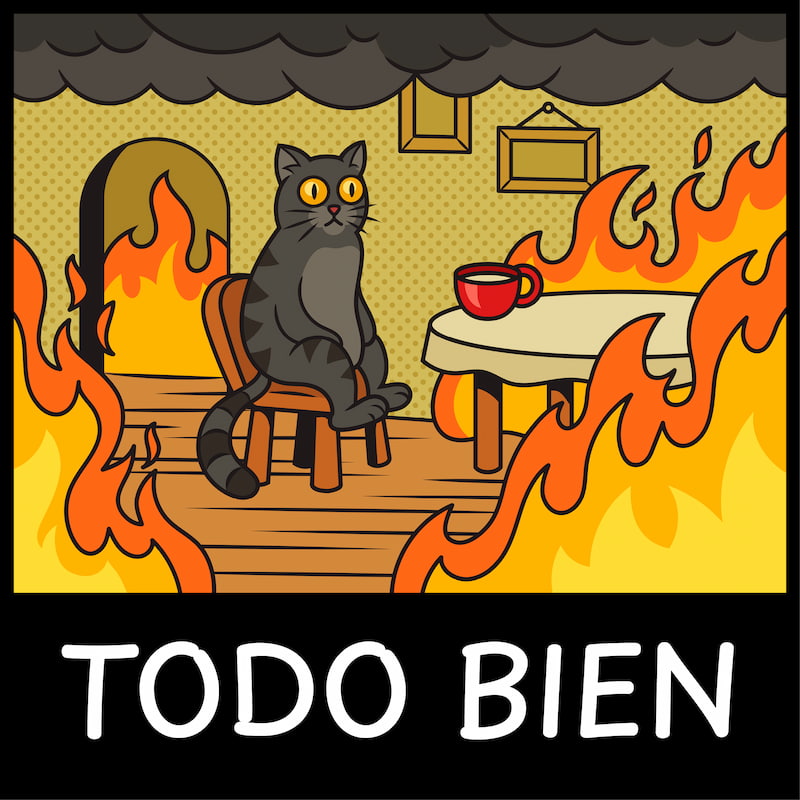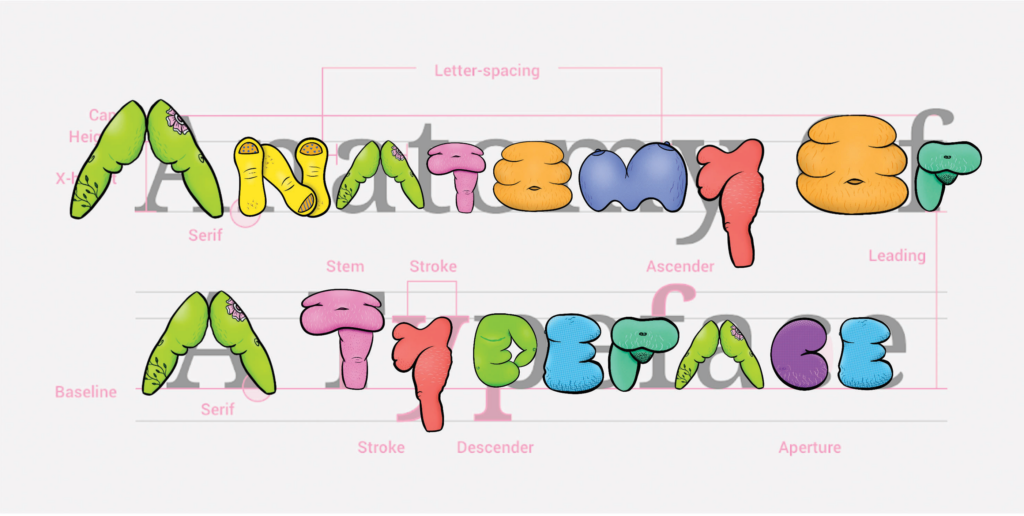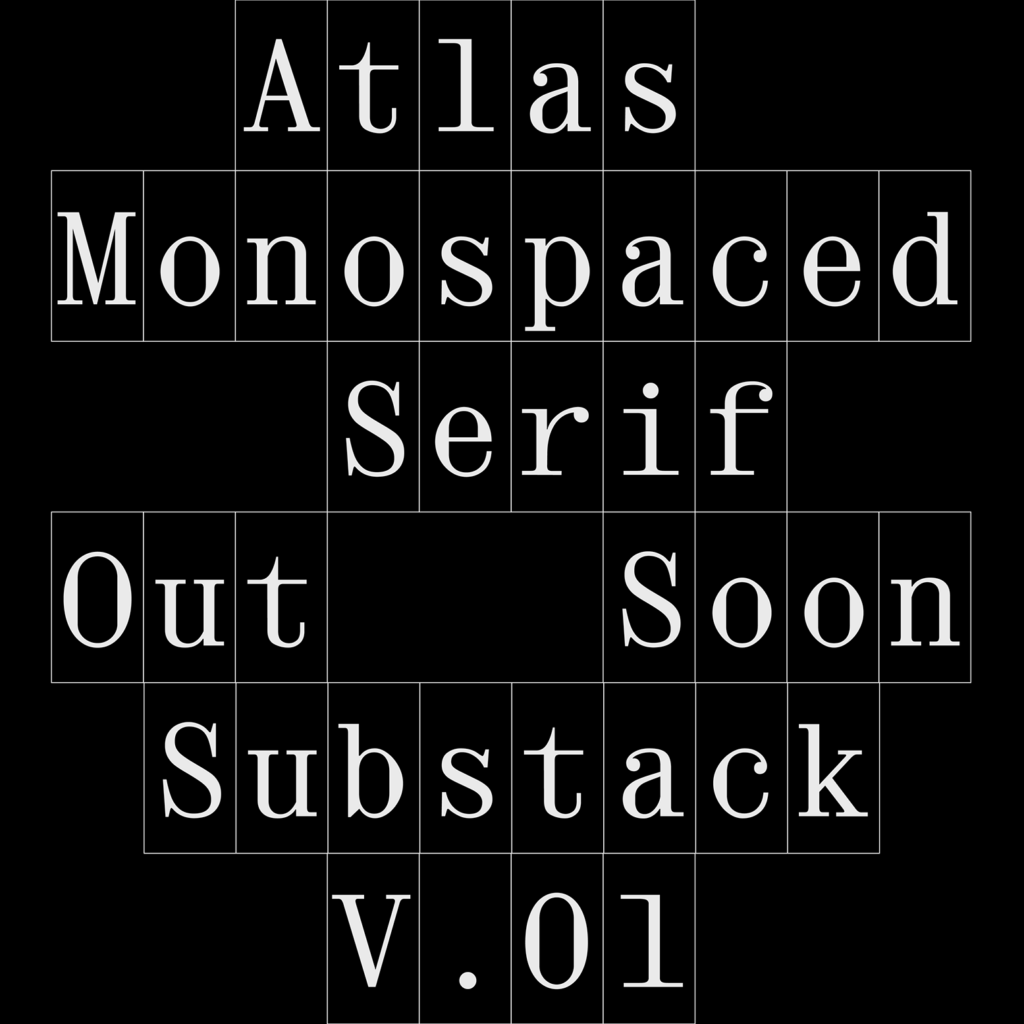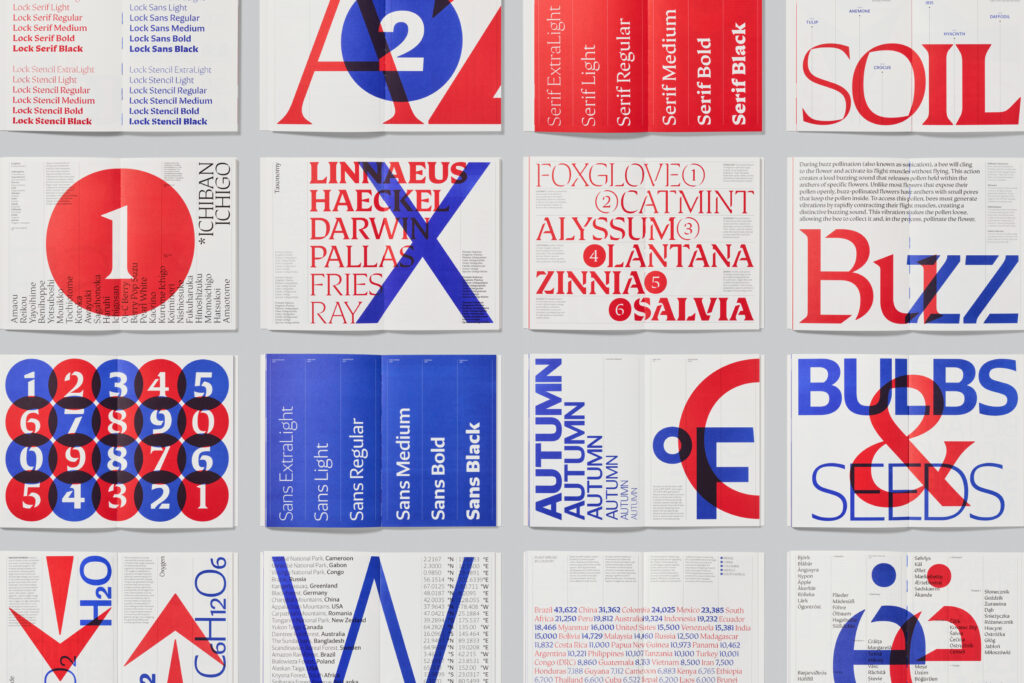This font review was originally written in Spanish. English translation below.
En el mundo de las tipografías, hay fuentes que intentan imitar la escritura a mano, pero pocas lo logran con la naturalidad y el encanto de Playpen Sans. Diseñada por la española Laura Meseguer y el equipo de Type-together encabezado por Veronika Burian y José Scaglione, esta fuente no solo captura la esencia de lo orgánico y lo humano, sino que también ofrece la precisión y versatilidad de una tipografía digital profesional. Playpen Sans es una solución ingeniosa para quienes buscan un equilibrio entre la espontaneidad de la escritura manual y la consistencia de lo digital.
Imperfección controlada

Uno de los mayores desafíos al crear una fuente que imite la escritura a mano es lograr que parezca auténtica sin perder la funcionalidad. Playpen Sans resuelve este problema con una solución ingeniosa: incluye siete versiones de cada carácter y un sistema integrado que “baraja” estas alternativas para evitar repeticiones, esta característica me recordó un proyecto que siempre traigo en la mente, diseñada por Alejandro Lo Celso la fuente Artl Lanzallamas de la fundidora Argentina Pampatype. Esta característica de tener varias alternativas que cambian según vas escribiendo hace que el texto tenga inconsistencias naturales, como si realmente hubiera sido escrito a mano, pero sin sacrificar la coherencia visual.
La familia tipográfica cuenta con ocho pesos, unas versión variable que tiene un eje de peso y soporta más de 150 lenguas basadas en el alfabeto latino. También incluye emojis tipo sticker, perfectos para dar un toque lúdico y animado a diseños informales. Personalmente, me encanta este detalle, ya que me imagino escenarios donde estos emojis se puedan utilizar en entornos de enseñanza-aprendizaje, libros o cuentos de lectura infantil.
Playpen Sans fue diseñada pensando en no diseñadores y en contextos donde la informalidad y la cercanía son clave. Es perfecta para tarjetas de felicitación, invitaciones, señales casuales, materiales educativos y, por supuesto, libros infantiles, cómics y novelas gráficas. Su versión como fuente variable añade una ventaja adicional para diseñadores y desarrolladores que buscan control total, ahorro de datos y calidad de diseño.
Si buscas una fuente que transmita calidez, diversión y un toque humano, Playpen Sans es una elección que no te decepcionará, además la puedes adquirir de forma gratuita en el sitio web de Google Fonts.

Playpen Sans
In the type world, some fonts try to imitate handwriting, but few achieve the naturalness and charm of Playpen Sans. Designed by Spanish designer Laura Meseguer and the Type-together team led by Veronika Burian and José Scaglione, this font not only captures the essence of organic and human elements but also offers the precision and versatility of a professional digital typeface. Playpen Sans is an ingenious solution for those seeking a balance between the spontaneity of handwriting and the consistency of digital typography.
Controlled Imperfection
One of the biggest challenges in creating a font that imitates handwriting is making it look authentic without losing functionality. Playpen Sans solves this problem with an ingenious solution: it includes seven versions of each character and an integrated system that “shuffles” these alternatives to avoid repetition. This feature reminded me of a project I often think about: Artl Lanzallamas, a font designed by Alejandro Lo Celso from the Argentine foundry Pampatype. Having multiple alternates that change as you type gives the text natural inconsistencies, as if it were truly handwritten, without sacrificing visual coherence.
The typeface family comes in eight weights, a variable version with a weight axis, and supports over 150 Latin-based languages. It also includes sticker-like emojis, perfect for adding a playful and lively touch to informal designs. I love this detail, as I can imagine scenarios where these emojis could be used in teaching and learning environments, children’s books, or storybooks.
Playpen Sans was designed with non-designers in mind and for contexts where informality and approachability are key. It is perfect for greeting cards, invitations, casual signs, educational materials, and, of course, children’s books, comics, and graphic novels. Its variable font version is an added advantage for designers and developers seeking complete control, data savings, and superior design quality.
If you’re looking for a font that conveys warmth, fun, and a human touch, Playpen Sans is a choice that won’t disappoint. Plus, it’s available for free on the Google Fonts website.




